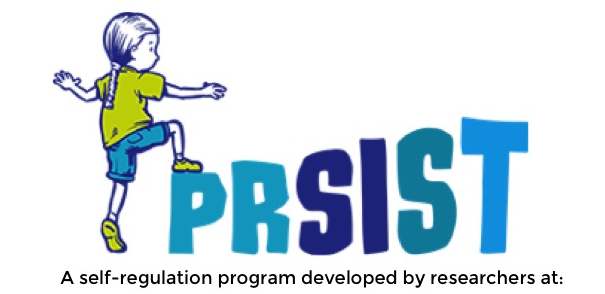
Balloon Bounce
What to do: Split the children into groups of 2-4 and give each group a balloon. Tell them that you want them to keep the balloon up in the air, but they have to take turns hitting it – no one can hit it a second time until all other children in their group have taken a turn. Have the children proceed with the game, supporting them to strategize and collaborate to keep it in the air longer and longer. Encourage children to count the number of hits each time, so they can compare which strategies are more effective. Other turn taking games that can be played include card games, board games, and Bug in a Rug (children close their eyes and crouch down, an educator places a blanket over one of them, and then children take turns guessing who is under the blanket).
Too easy? How to increase challenge: Have children use only a specified body part, or one of a few specified body parts, to hit the balloon (e.g., only their left arm, only their head, only their knee). You can also have children decide fair rules for who should start and the order they should go in. You can also play games where not all children get a turn each game, to help them inhibit natural responses to disappointment, and recognise and resolve these feelings. Where turn-taking breaks down, use this as an opportunity to discuss – e.g., imagine yourself in another’s shoes: ‘Do you think X might also really want a turn? Imagine if you had waited patiently for your turn, but then X wanted to take a second turn before you. How might you feel? What might you want X to do if that happened?’
Ideal formation(s): For 3-year olds, this is best attempted with up to three children. For 4-5 year olds, larger groups (e.g., groups of 4+ children) can be attempted.
What you need: Thick (good quality) blown up balloons.
What it does: This activity challenges children’s ability to take turns, inhibit responses and collaborate, even when it is difficult to do so (e.g., when the balloon is near them but it is not their turn). It also fosters core aspects of social development that underpin self-regulation, such as the developmental shift from considering ‘me’ to considering ‘us’.
Links to EYLF:
- Begin to initiate negotiating and sharing behaviours; Persist when faced with challenges and when first attempts are not successful; Increasingly cooperate and work collaboratively with others (from Outcome 1.2)
- Show interest in other children and being part of a group; Engage in and contribute to shared play experiences; Display awareness of and respect for others perspectives; Express a wide variety of emotions, thoughts and views constructively; Reflect on their actions and consider consequences for others (from Outcome 1.4)
- Cooperate with others and negotiate roles and relationships in play episodes and group experiences; Begin to think critically about fair and unfair behaviour; Contribute to fair decision-making about matters that affect them (from Outcome 2.1)
- Participate with others to solve problems and contribute to group outcomes (Outcome 2.4)
- Increasingly cooperate and work collaboratively with others (Outcome 3.1)
- Engage in increasingly complex sensory-motor skills and movement patterns (Outcome 3.2)
- Persist even when they find a task difficult (from Outcome 4.1)




